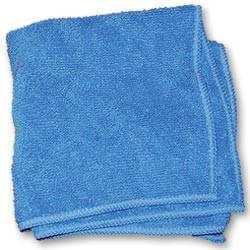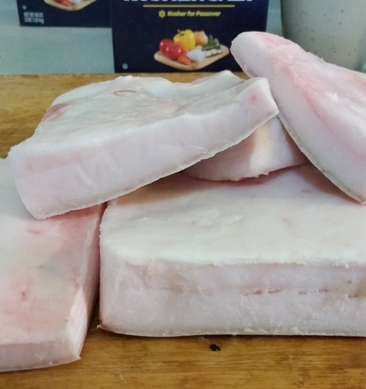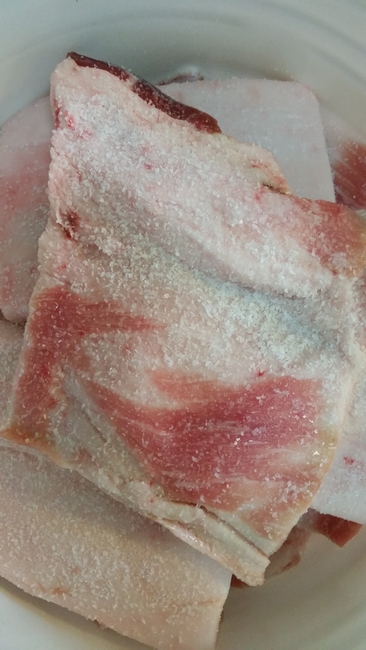Cool weather crops are those that do well in…well…cool weather. They often bolt (go to seed) or their growth stalls when the weather gets hot. If the seed packet says “sow as soon as the ground can be worked,” it’s a cool weather crop. This week we’re going to talk about broccoli, cauliflower and cabbage.
What to Grow in the Garden – Broccoli, Cauliflower, Cabbage
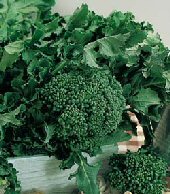 Broccoli, cauliflower and cabbage don’t need any special treatment when you plant their seeds. You can start the seeds indoors by sprinkling them on seed starting medium and covering them with 1/4″ of the medium. Keep the medium moist but not wet. In seven to 10 days the seeds will sprout. Outdoors, sprinkle the seeds on rich soil, water in and keep the soil moist. When the seedlings have their first set of real leaves you can either move them to their own containers or space them out depending on where they’re growing. If you’ve grown seedlings in doors you can harden them off and move them outside with a little protection from frost about a month before the last average frost date for your area.
Broccoli, cauliflower and cabbage don’t need any special treatment when you plant their seeds. You can start the seeds indoors by sprinkling them on seed starting medium and covering them with 1/4″ of the medium. Keep the medium moist but not wet. In seven to 10 days the seeds will sprout. Outdoors, sprinkle the seeds on rich soil, water in and keep the soil moist. When the seedlings have their first set of real leaves you can either move them to their own containers or space them out depending on where they’re growing. If you’ve grown seedlings in doors you can harden them off and move them outside with a little protection from frost about a month before the last average frost date for your area.
 Cool weather crops like to have cool feet, and by feet I mean roots. You can crowd the plants enough to keep the sun off the soil when the plants mature without crowding them so much you stunt their growth. The leaves will fill in and create shade that keeps the soil cooler and slows the germination of weed seeds. It’s a great way to save space in the garden.
Cool weather crops like to have cool feet, and by feet I mean roots. You can crowd the plants enough to keep the sun off the soil when the plants mature without crowding them so much you stunt their growth. The leaves will fill in and create shade that keeps the soil cooler and slows the germination of weed seeds. It’s a great way to save space in the garden.
When I harvest cabbage and cauliflower I peal back the large leaves and place them on the ground so that they continue to block the sun from the soil. Those weed seeds are opportunists just waiting for an opportunity to sprout. The leaves will dry and eventually break down to feed the soil.
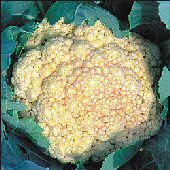
Cauliflower is a little less tolerant of cold and heat than broccoli and cabbage. Use the staggering method of planting your transplants to keep the soil cooler but wait an extra week or ten days before planting. If you have a sudden hot spell and can give cauliflower some shade it will appreciate the break. When stressed, cauliflower might take on a pink or purple tinge.
Keep all three of these vegetables well watered. Watch for pin holes in the leaves, an indication of flea beetles, and larger holes and green droppings on the leaves made by cabbage worms. Treat accordingly.
Harvest these vegetables before they start to go by. Broccoli heads are firm when ready to harvest. If the tiny flowers start to open you can should cut it immediately.
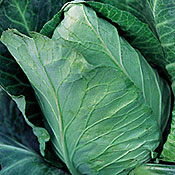
Early Jersey Wakefield
Cabbage firms up when ready to harvest. You can test the heads with a gentle squeeze as they grow to get a feel for firmness as it develops. If you’re not ready to cut a head that’s ready to be picked you can delay more growth that leads to cracking. Plant your feet firmly, give the plant a tug up and twist it 90* either way. You’ll hear roots tear.
Watch cauliflower for signs of separating curbs or color change and harvest when full grown according to the size stated in its description.
These vegetables benefit from being cut either very early in the door or being submerged in very cold water to remove what’s called “field heat.”


